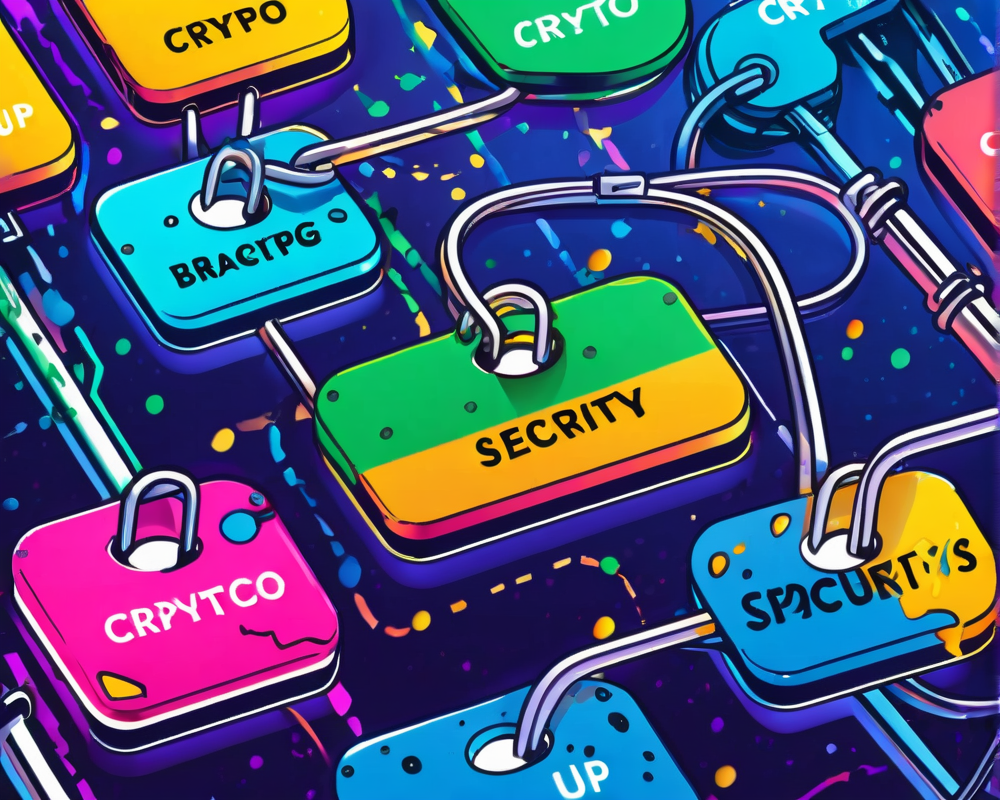The Key to Your Crypto Empire
In the ever-fluctuating seas of cryptocurrency, your private key is like that one inflatable raft you hope is not punctured – once it’s gone, good luck staying afloat. Private keys are the unique digital credentials that give you access to your crypto assets. Without them, your cryptocurrencies are as accessible as a locked vault with missing keys.
Understanding Private Keys: The Basics
Think of your private key as your personal treasure map. It’s a secret code that allows you to access your digital gold. Every cryptocurrency wallet has a pair of keys: a public key that acts as your wallet address for receiving funds, and a private key that grants you the power to spend those funds. While your public key is like your email address (easy to share), your private key is your secret password – keep it under wraps!
The Risks of Losing Your Keys
Imagine a world where someone accidentally tosses away millions of dollars. That’s exactly what happened to James Howells in 2013 when he discarded a hard drive loaded with Bitcoin private keys. Or think of Stefan Thomas, who has locked away 7,002 BTC because he forgot his password. Sigh. Losing access to your private keys is akin to losing the Wi-Fi password during a Netflix binge – panic mode activates. The consequences aren’t just financial; identity theft and fraud are lurking around the corner, too.
How to Securely Backup Your Private Keys
The good news is there are several strategies to back up your private keys effectively, each with unique benefits:
- Paper Wallets: These are physical prints of your keys, safe from online threats, but watch out for coffee spills and BBQ accidents!
- Hardware Wallets: Think of these as fortress-like USB devices designed just for storing private keys – robust yet portable.
- Encrypted Digital Storage: Safely stash your keys on external drives with encryption, but remember to back it up regularly or risk losing them in a drive crash.
- Encrypted Cloud Storage: A cloud service can be handy, but remember: don’t skimp on security; your keys don’t belong to the cloud – that’s just a temporary hotel.
- Mnemonic Phrases: These nifty word sequences can regenerate your private keys, but sharing these words is like giving someone your ATM PIN – just don’t!
Recovering Your Wallet: A Step-by-Step Guide
If the unthinkable happens and you need to recover your wallet, here’s how you do it without breaking a sweat:
- Gather Your Tools: Download the official wallet software and grab your private keys or recovery phrases.
- Install the Software: Ensure you’re on the official website to avoid phishing traps.
- Access the Wallet: Open the software and find the restore option; enter your private key accurately.
- Verify Your Funds: Check if your balance reflects what you expected.
- Backup Again: After restoring, create a new backup, and test by sending a small transaction.
- Enhance Security: Consider implementing two-factor authentication. It’s better than locking your keys in a drawer!
Common Mistakes to Avoid
The recovery process can be treacherous if you’re not careful. Here are pitfalls to dodge:
- Typing Errors: One misplaced character can lead to total access loss.
- Phishing Scams: Double-check URLs before entering sensitive data.
- Outdated Software: Keep your antivirus and wallet software updated; old software is like inviting hackers into your home!



